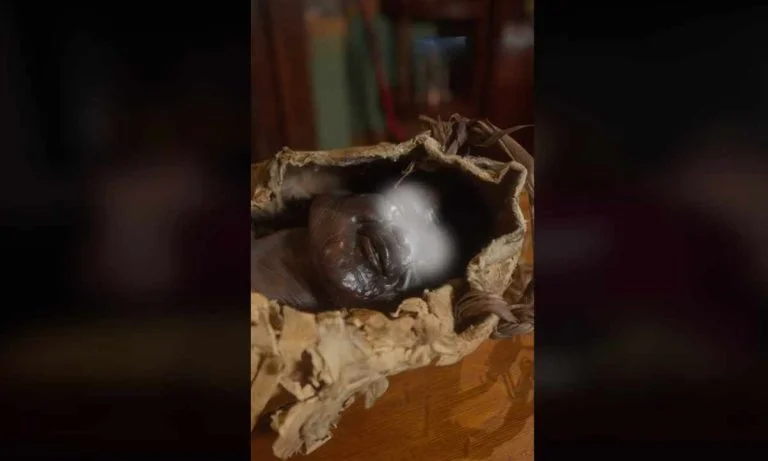All Things You Need to Know About Bagworm Caterpillar | Nature’s Smallest Craftsman
Have you ever encountered a small wooden home that moves? If so, this is for you. That is actually not a wonder. It is just the Bagworm caterpillar you encountered. The Bagworm Caterpillar, a fascinating insect, hails from various parts of the world and is renowned for its unique ability to create intricately designed cocoons using small wood pieces. This behavior displays not only the caterpillar’s craftiness but also its instinctual drive for survival. So, let’s see more about this little Craftsman.
The Biological Side of Bagworm
Biologically, bagworm caterpillars belong to the Lepidoptera order. They can especially recognize from the bag-like cases they build around themselves. There are numerous species of bagworms, each residing in different global regions. While some are native to North America, others can be found in Asia or Europe. These caterpillars typically have a tapered body shape, camouflaged in color to blend in with their environment. Their legs designed for clinging onto host plants. The most evident sign of an infestation is the presence of bag-like structures hanging from trees, often resembling tiny pinecones.
It is not a house; it is a cocoon.
Though the structure might seem like a simple home, it’s much more – a cocoon! These caterpillars craft their cocoons using small wood pieces, leaves, and silk to form a protective casing. The primary aim is protection from predators. Additionally, the hidden case helps them blend seamlessly into their surroundings. Certain species even exhibit unique decoration behaviors, adding extra flair and camouflage to their cocoons using materials from their environment.

Feeding and Host Plants
Bagworm caterpillars are known for their selective feeding habits. They generally feed on coniferous trees like pines and spruces. However, they aren’t picky and can adapt to feed on other plants, impacting the health and aesthetics of the host plants. These caterpillars can cause defoliation, which, in severe cases, might lead to the death of the plant.

Lifecycle
Bagworms, like other insects, go through various developmental stages. They metamorphose from eggs to larvae (caterpillars), then to pupae, and finally, adults. After mating, female bagworms lay their eggs inside their cocoon, protecting the forthcoming larvae.
Interesting Facts
- Carnivorous bagworm species: Some rare species are known to be carnivorous, feeding on other small insects.
- Other unique behaviors and facts: Certain species have evolved to live in non-forest environments, showcasing their adaptability.


Conclusion
The Bagworm Caterpillar is a marvel of nature, showcasing incredible survival and adaptive behaviors. While their cocoons are a sight to behold, monitoring and controlling their populations is essential to maintaining the health of host plants and trees. Remember, nature is full of surprises, and the bagworm caterpillar is undoubtedly one of its most intriguing wonders!
Also read:







